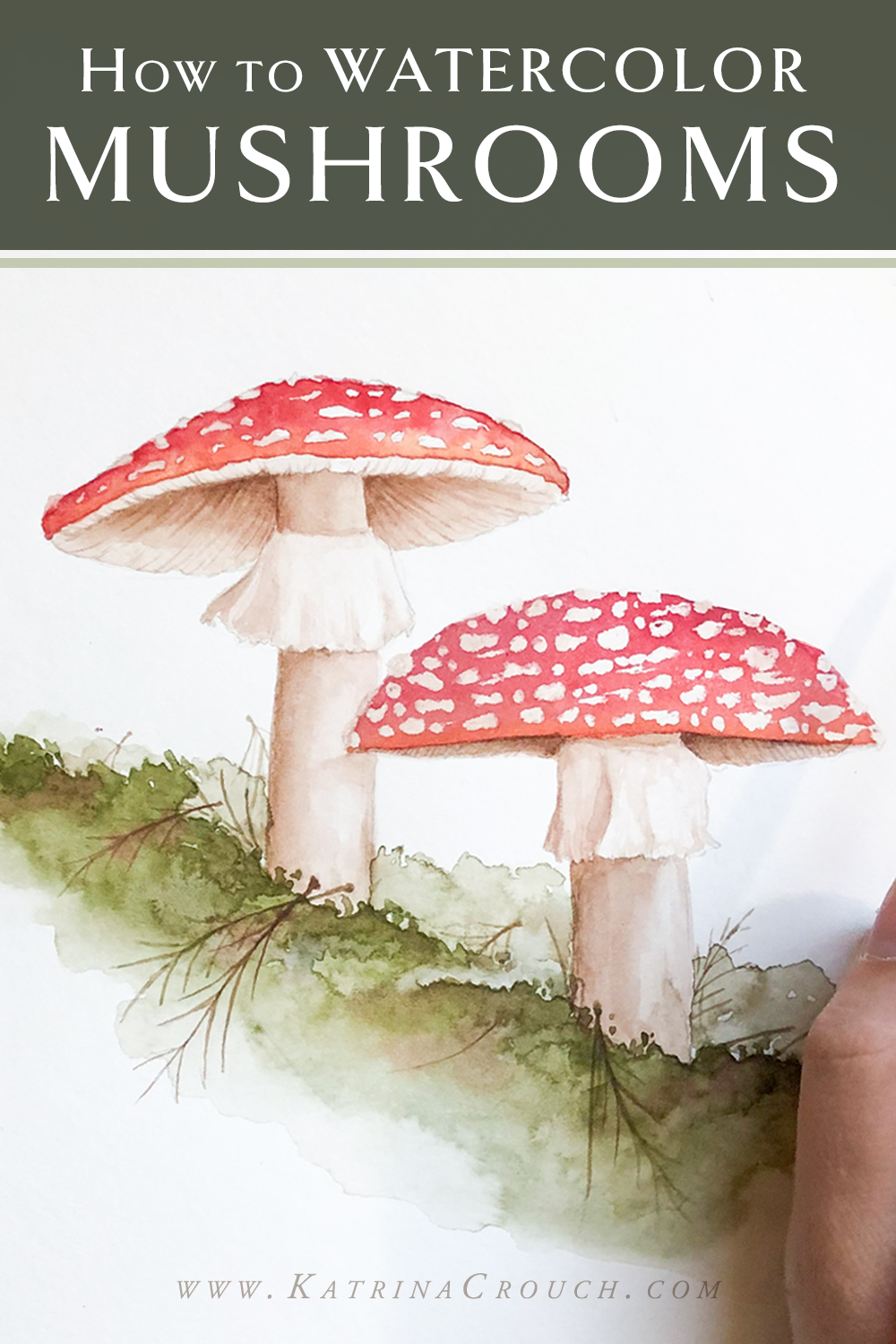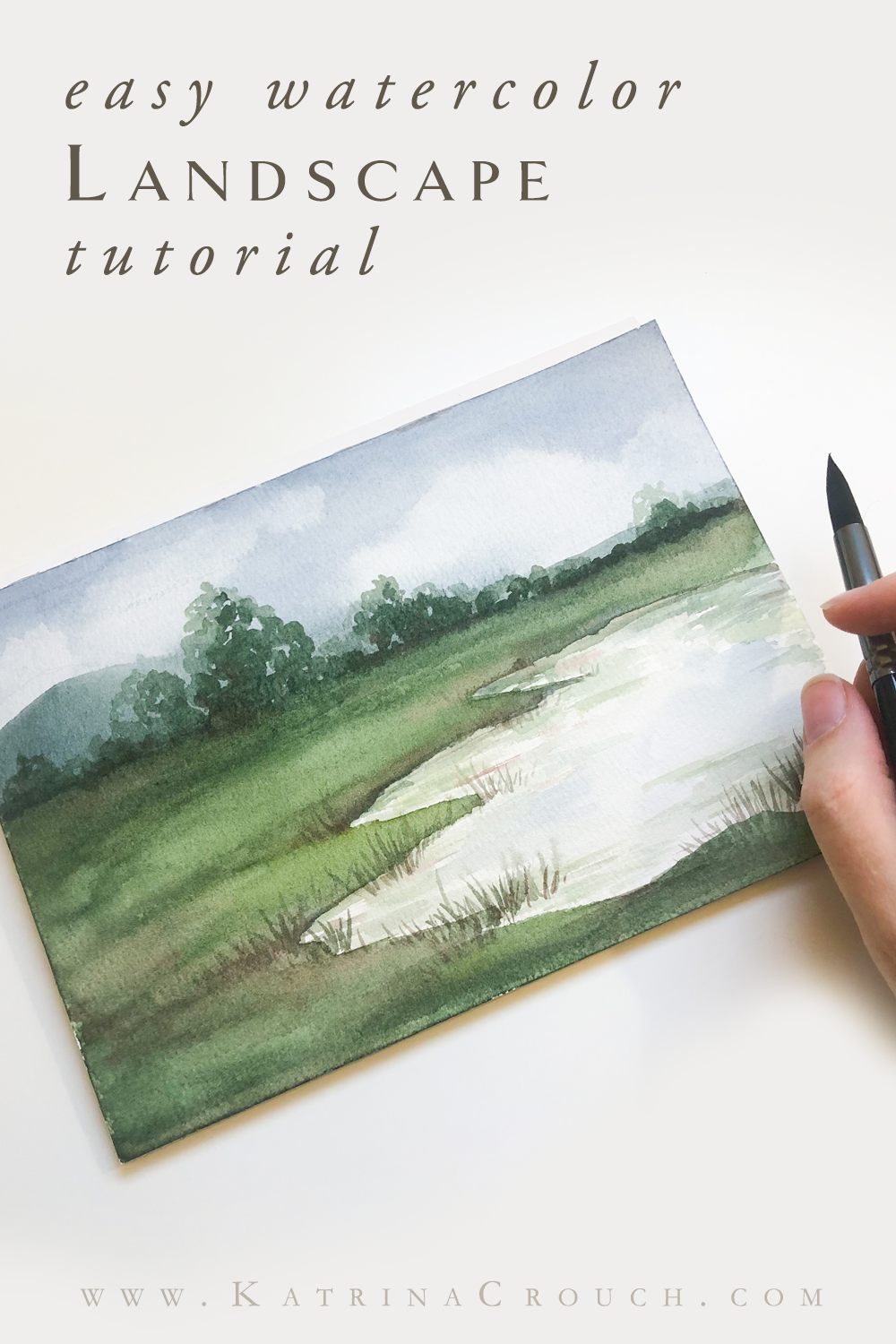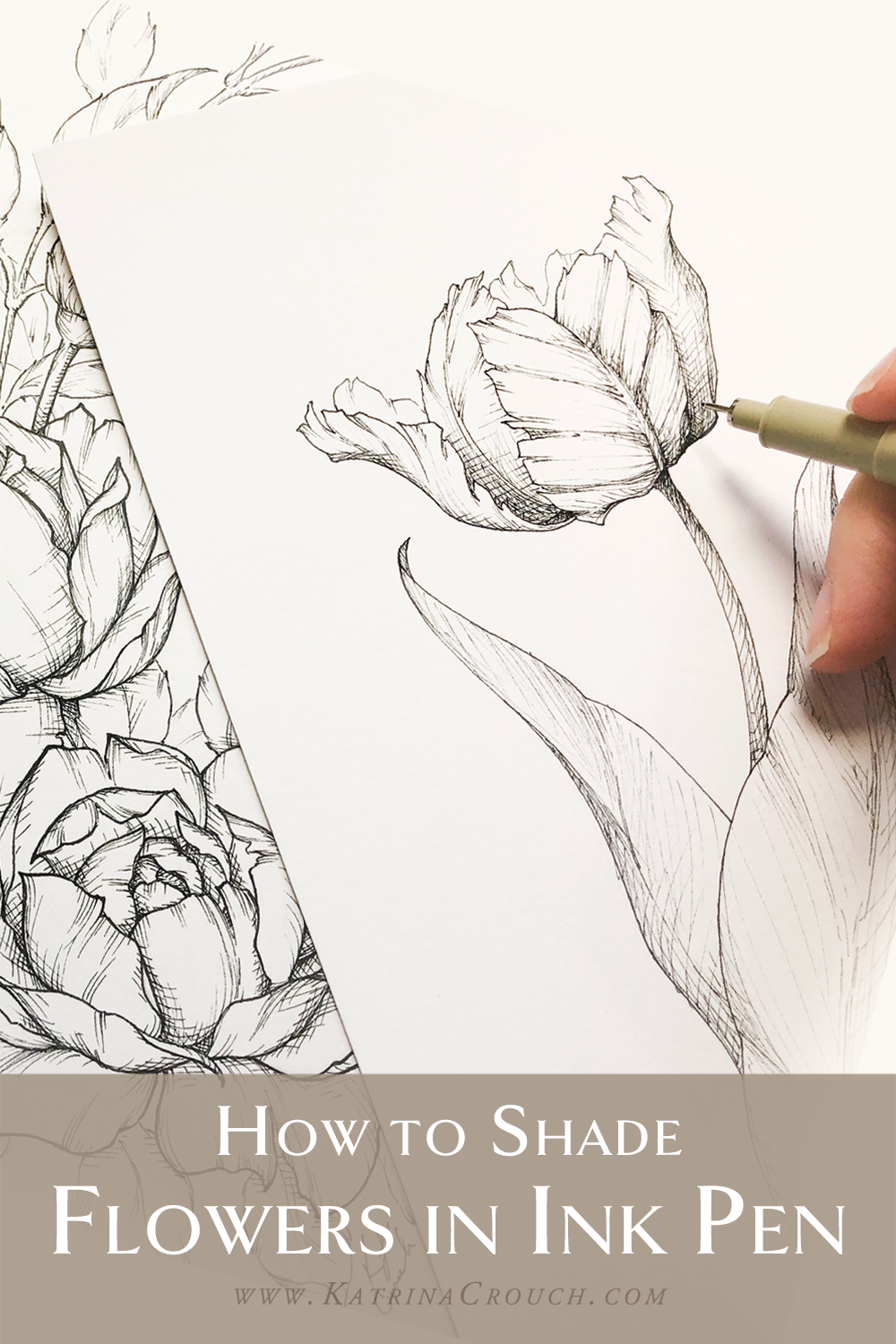5 Tips for Painting a Wall Mural
Painting a wall mural doesn’t have to be as intimidating as it sounds! It never even occurred to me that I could (or should) paint on one of the walls in my house. Until I was testing out paint colors one day and drew a flower while I waited for the swatch to dry…
The rest is history, as they say, and I have not only painted a large mural on the wall in my office, I recently re-painted it and have coached others on painting their own murals! A DIY mural is a great way to get the exact look that you want, in the right color palette and for a fraction of the price (and headache) of some of the popular wall paper murals out there right now.
Again, it’s not as intimidating as it initially sounds but there are some steps that I definitely recommend if you are looking to paint your own wall paper or wall mural. And if you follow the tips and tricks in this video, you’re sure to succeed as you tackle your largest canvas yet!
(or you can watch the whole process video for this wall here!)
1 - Clean Canvas
Starting with a clean canvas is very important—whether you’re working on a traditional canvas or on a wall! To start this refresh, I had my husband patch some of the holes and nicks that had happened over the course of the last few years. Life happens, but you don’t necessarily want it showing off when you unveil your new wall mural, right? It’s important to be intentional with your painting and keeping a mistake visible to the viewer makes it look like you, well, made a mistake! And it can be distracting.
I also took this opportunity to remove a dated wall plate that we don't need anymore. While the outlet is handy on this wall when I’m recording at my desk, I don’t want it to stand out too much either. So a good rule of thumb is to paint it the background color or even as you paint your wall mural so that it blends in nicely.
2 - Have a Plan & Keep it Close
Especially when you’re working on a larger scale than usual, it’s important to have your reference handy. Personally, when I’m working on a wall mural I want to have a full drawing to look at and refer back to. I want the thinking to be taken out of the equation. I don’t want to solve any problems that I’m not already working with on the wall or with the wall paint itself—I want the design part to be easy. So I create a full scale drawing and I follow it pretty religiously. There are times when I step back and want to make changes, but I still keep the reference, or the “plan”, handy so that I can see how it fits with the design as a whole.
This doesn’t mean that you don’t ever change the plan! But your life will be a lot easier if you start out with a clear goal and vision.
3 - Water Down Your Paint
I use traditional wall paint when I create my wall murals. Don’t overthink it here—just use what is already designed to live on a wall and go for it.
I have found that wall paint (especially if it’s a few years old like the paint I’m using in this tutorial) can grow thick quickly and will skip on the texture of the wall if you’re working with a smaller brush like I do for this video. To fix this problem I simply add a little bit of my drinking water or tap water to my palette. The paint is much smoother and doesn’t skip over the texture anymore!
Occasionally if I have used too much water, the paint will dry lighter than I originally wanted. But I simply paint over it again with a second coat to fix this problem.
4 - Step Back or AWAY
If you have taken my free mini drawing course than you know that I am a fan of working large. Especially for beginners! It’s easier to see what you’re doing wrong, it can help as you develop those fine motor skills and it helps you chill out a little bit.
But the trouble comes when you are too close to see the full picture. Make stepping back and even taking regular breaks be part of your routine. Not only when you are painting a wall mural, but in all of your artistic endeavors! It can help us refocus, get clarity on the “big picture” and to not waste time on something unimportant or (worse) something that’s wrong or off!
Getting frustrated? It’s okay to be done for the night. Art carries a lot of emotion and mental weight. If you’re not in the right head space you might not be able to “push through it”. Take a break, eat a snack, or go for a walk and try again later.
5 - Set a Timer
Another one of my favorite tricks when I’m starting to feel intimidated or unsure of a technique or idea is to set a timer. When you’re working on a large scale project such as a DIY wall mural, it can be easy to grow overwhelmed or fearful as you start the next step.
Take a deep breath and set a timer or designate a specific space to test out your idea. Remember, you can always “erase” what you try and start again (I’ve done it and it’s not so bad). But by setting a timer and working on your idea, you are able to step back, see on a larger scale how your idea is turning out and know with confidence whether or not you should move forward.
For this project I did this twice. Once where I ended up erasing. Once where I moved forward with excitement!
I trust that you found these tips and tricks helpful and confidence building as you approach your next (or first) wall mural. Leave your favorite tip or anything you think I left out in the comments section below!
Some of the links use in this post are affiliate.
You can read my full disclosure and policies here










